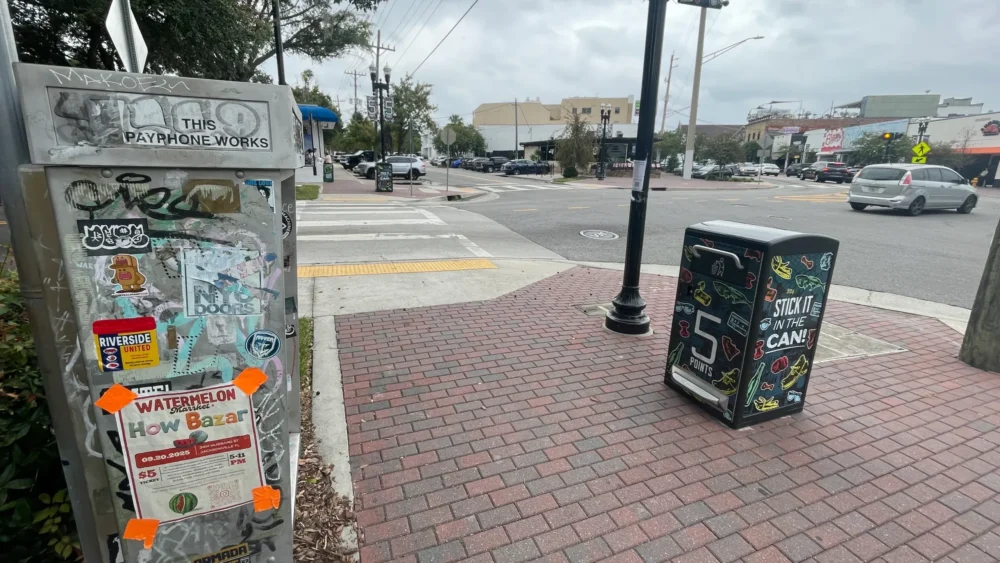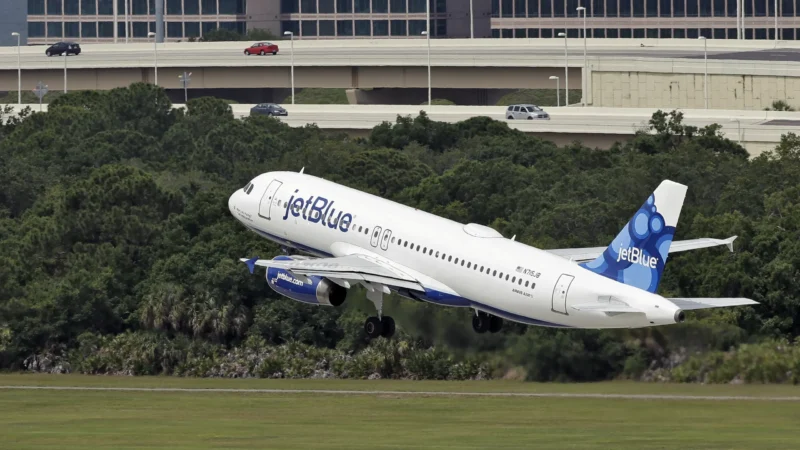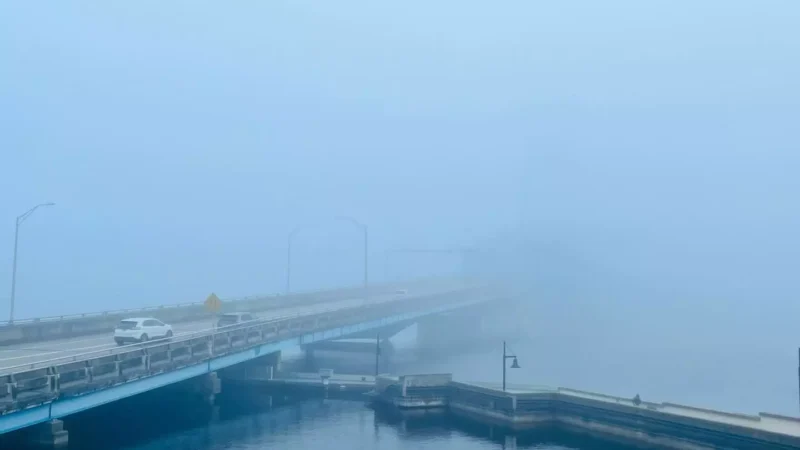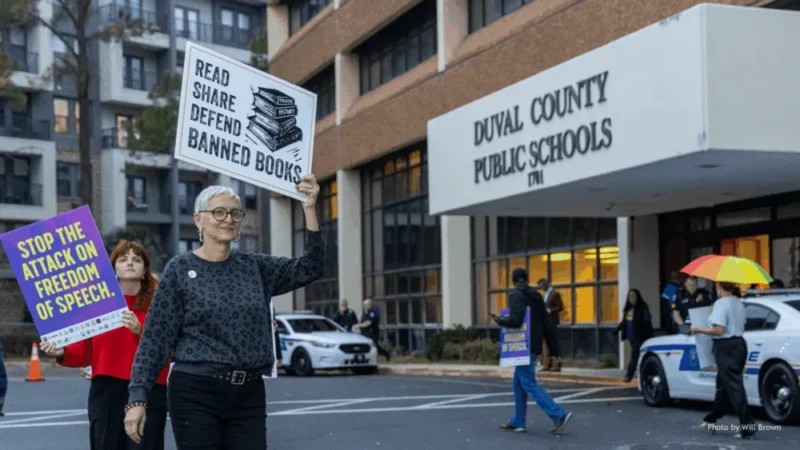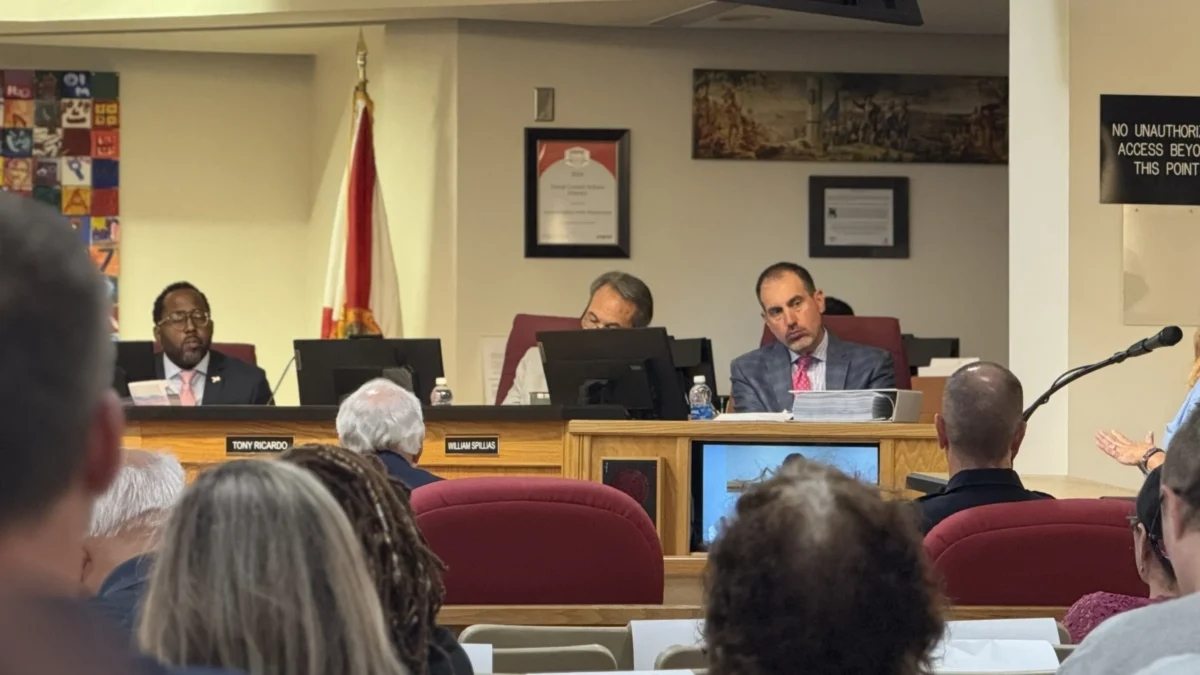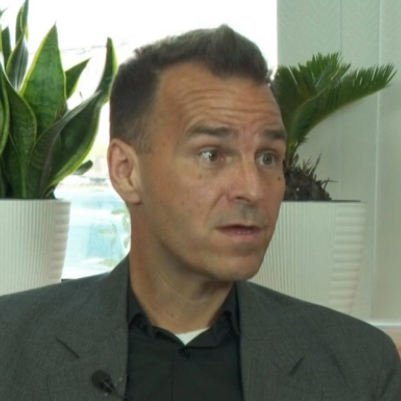
During its boom times in recent decades, the Five Points commercial district had a magnetism unique in Jacksonville.
For those who remembered the stultifying nature of this city in the late 20th century, it was a rare window into alternative culture.
Back when Gunnel owned Edge City, it was the place for girls and women to get their Betsey Johnson gear, and for men to get the occasional band shirt. She and Tom knew everyone, it seemed.
Cafes like Fusion and Fuel offered a magnet for artists, DJs, writers, musicians – people dispossessed in the larger culture. Without those, any of them would not have had an outlet here. They may have saved some lives along the way.
If you wanted to let your freak flag fly, there was always Club 5. From the sybaritic scripts of Saturday Night Seduction to the rave events that some of you younger readers may have been conceived after, it was cheap, dumb, and safely transgressive fun.
And of course, there was (and still is) Starlite/Birdies … although the venerable Wall Street, one of the city’s great dive bars, is a memory, just like Christina Wagner’s indispensable Rain Dogs.
All of this was, for better or worse, intensely local.
Hedge funds wouldn’t back poetry slams, late night house music sessions or whatever happened on the chillout couches.
Rents were cheap too. A few hundred bucks would get you 700 square feet or so. Some of us who lived over there may have paid landlords after going to thrift stores to buy music and books and then reselling the material. Others had other side hustles. It was a chill life in that bygone counterculture.
Nowadays, the rent is too high. The counterculture is in eclipse. And the vibe is gone.
FIVE draws people to gigs, but they aren’t the kind of cutting edge stuff that made Five Points pop way back when. The restaurants are fine, but there’s nothing to distinguish them from what you might find in any other commercial district.
Five Points isn’t dead as a commercial center … though a few recessionary quarters might change that.
However, it’s increasingly irrelevant as a cultural center, which was the source of its commercial viability to begin with.
The recollections are more vivid than the current reality.
That is the heart of the darkness that has descended over a place that was once my second home, and a big reason I became a Riverside Rat way back when.
Nowadays, the discussion in Five Points is far more quotidian.
It’s whether the city can help to keep it safe, keep it going.
And whether the Five Points Business Improvement District can make it happen.
That would put commercial property owners and business owners on the hook for funding gentrification (more security, landscaping, etc), essentially. The idea is to make the area less inviting for the congregation of the unhoused and safety concerns associated with that, which has been a persistent issue in recent years.
Sounds good in theory.
There is a catch though.
The proposal creates a potential fee without a top as currently contemplated, and offers no guarantees of success.
“The legislation authorizes the creation of a special district that would charge $0.55 per square foot of building on each commercial property and $0.50 per square foot for parking lot area on a commercial property for the first year. The assessment can be increased annually by no more than $2.00 per square foot of building on each commercial property, and the annual assessment cannot exceed $1.00 per square foot,” reads the proposal.
Questions abound, of course, such as why a city that can afford to put nearly a billion dollars into a football stadium and undo pension reform for police and fire can’t keep the streets safe and clean without double taxation on commercial entities. Or why is it that, despite well-publicized efforts to deal with homelessness on a local and state level, the issue is more pervasive seemingly with each passing month?
If a city can’t handle basic public safety functions to the degree that people in the neighborhood look to pay more taxes just to have base level expectations met, then how effectively is it being run?
Lots of businesses in the area are said to support the scheme in theory.
But will they in practice? And will they when the original assessment potentially doubles or triples year over year?
Or will they decide not to support it after a trial run? And what happens then?
Sponsor Jimmy Peluso, who is putting community benefits agreement money in to seed the project should it pass council, says businesses will be able to opt out.
It’s unknown how that would affect the funding formula, how long they will have to be able to exempt themselves. If all goes as plan, the district board would submit its budget for council approval next year.
But what happens if this passes and locals don’t get the benefits of the proposal?
The real cure for what ails Five Points is something that can’t come from City Hall. And maybe it’s impossible now.
It’s Five Points serving as a third space for people who may not need those in the era of social media, ubiquitous smartphones and social disconnection, where people embrace the virtual over the physical.
Is that the case now compared to times gone by? And if so, why?
These days, maybe it’s the retail mix or maybe it’s something larger, but the area is facing an existential struggle that this plan may not fix in the way proponents hope.
What is happening in Five Points is much like what is happening in lots of shopping areas during this late-stage capitalism epoch. People’s struggles are harder to avoid, and there are more struggling, seemingly, than ever before. This is especially true in Riverside.
Five Points’ problems can be locally solved in a way that leads to positive metrics. Yet even in the best-case scenario, where people who are bad for business are pushed off the block, that means they will just move elsewhere in the city.



